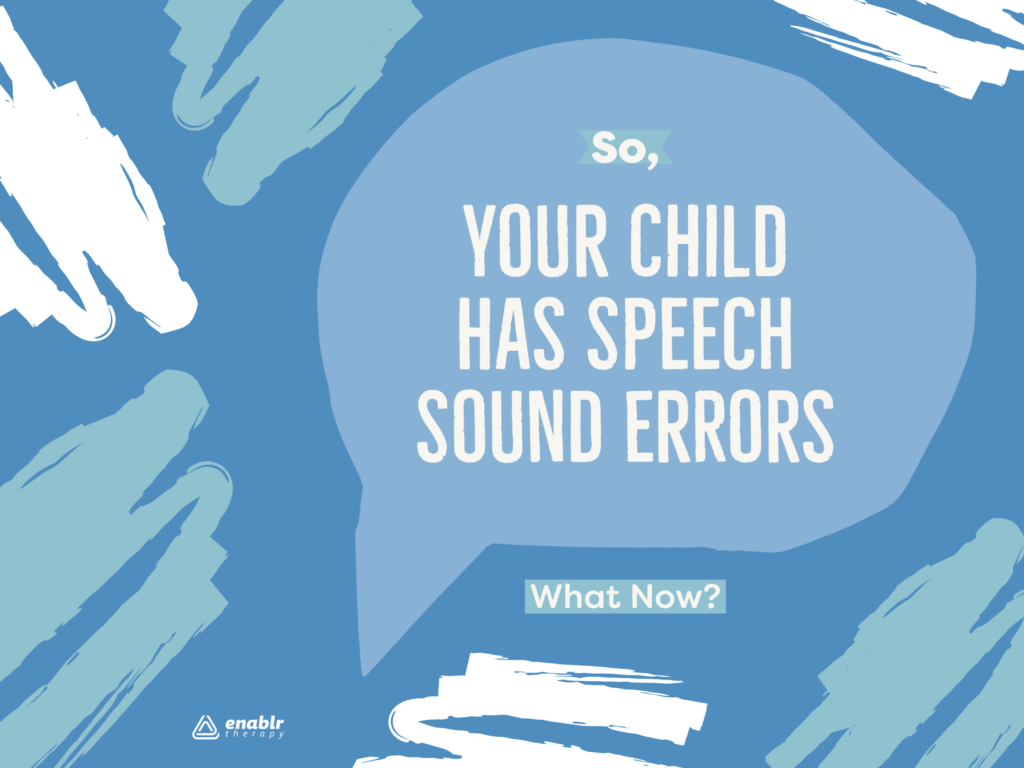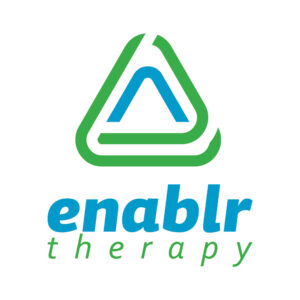When I tell someone I am a Speech and Language Pathologist, their first response is typically, I went to speech or my child goes to speech to learn how to say “name that sound”. This is not surprising as according to the The Journal of Speech, Language and Hearing research, prevalence of speech sound disorders (namely, articulation disorders or phonological disorders) in young children is 9 to 11 percent.
By the first grade, roughly 5 percent of children have noticeable speech disorders; the majority of these speech disorders have no known cause. [1] Whether it’s correcting articulation issues, lisps, or other speech difficulties, parents play a crucial role in supporting, modeling and encouraging a child’s progress in speech. Let’s explore everyday strategies and tips that you can use to assist your child in identifying and achieving clearer speech.
Understanding Your Child’s Needs:
It is important to understand your child’s specific speech needs. If you are concerned with your child’s intelligibility or sound production, you’ll want to partner with a speech-language pathologist (SLP) for a formal evaluation to identify the exact speech sound errors being made and which ones should be targeted through goals. You may be surprised that some sound errors are developmental based on age of mastery and gender and may resolve themself with time.

If your SLP confirms articulation delays, they’ll provide insights into your child’s challenges and suggest appropriate exercises, homework, or activities.
Incorporate Speech Sound Practice into Daily Routines:
Turn activities like mealtime, bathtime or playtime into opportunities to practice their production. Point out objects, words, or signs in their environment that contain their speech sounds.
Utilize Play-Based Learning:
Practicing their speech sounds should not be a chore. Board games, puzzles, and storytelling not only make learning fun but also encourage speech development. Incorporate toys or props that prompt specific sounds or words your child struggles with.
Modeling Correct Pronunciation:
Be a role model for your child by demonstrating proper production without correcting or pressuring them. Encourage them to mimic you naturally. Consistency and positive reinforcement are key.
Create a Supportive Environment:
Build a nurturing environment where your child feels comfortable practicing speech sounds. Avoid criticism or negativity but instead offer praise and encouragement for their efforts. Celebrate their progress, no matter how small.
Stay Consistent and Patient:
Consistency is fundamental in achieving speech sound goals. Practice regularly but remember, progress takes time. Stay patient and understanding, acknowledging that every child progresses at their own pace.
Collaborate with your SLP:
Work closely with your child’s SLP and follow their guidance. Regularly update them on your child’s progress and seek advice or modifications to exercises as needed.
Supporting your child’s speech sound goals requires dedication, patience, and a nurturing environment. By integrating speech practice into daily routines, using engaging activities, and maintaining a positive atmosphere, you play a crucial role in your child’s speech development journey. Remember, your support and encouragement are invaluable as your child progresses towards clearer and more confident speech.
Enablr Therapy provides speech, occupational, or physical therapy services to children and adults through convenient online services in many states across the country. If you feel that your family member may benefit from therapy to enhance their skills or want to explore modifications to support their performance and safety within their home, Enablr Therapy can help. Contact us to learn more.
References:
- Shriberg LD, Tomblin JB, McSweeny JL. Prevalence of speech delay in 6-year-old children and comorbidity with language impairment. J Speech Lang Hear Res. 1999; 42(6): 1461–1481.



